Robert Venditti is the main writer for X-O Manowar from Valiant which is about a headstrong warrior leader of a long dead civilization who wears the most powerful weapon in the known universe. With X-O’s superhero sci-fi knowledge on his resume and with stints on DC’s Green Lantern Corps. Venditti was asked to replace a writing icon on Green Lantern when Geoff Johns ended 8-year run on the book at issue #20. Venditti stepped up to the plate and began by penning the “Lights Out” story line, making Hal the new leader of the Corps and blowing up OA!
DC then announced that another successful creative team was stepping down from the Flash and Venditti jumped at the chance with good pal Van Jensen to take over the series. The team will co-write each issue and bring back long-time fan favorite Wally West back in the New 52. Not a bad stretch of gigs!
Not only is he taking on some monumental tasks at DC but he continues to write X-O Manowar and will tackle Valiant’s big summer 2014 crossover event, Armor Hunters! How is it, a guy who has been writing comics for just a little over 8 years, heads up 3 major characters at 2 different publishers? Why destroy OA? Why take on Wally and Barry? Venditti filled us in at UTF when we sat down with him at the 2014 Lexington Comic and Toy Convention.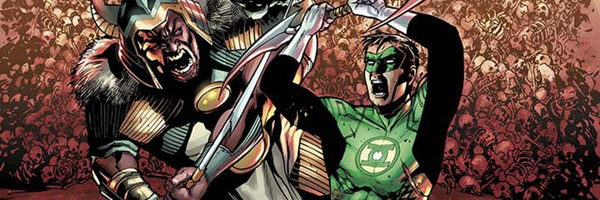 Unleash The Fanboy: You took over for Geoff Johns after his eight-year run on Green Lantern. What was it like taking over for Geoff?
Unleash The Fanboy: You took over for Geoff Johns after his eight-year run on Green Lantern. What was it like taking over for Geoff?
Robert Venditti: Obviously really big shoes to fill, shoes that can’t be filled really. I came at it with the idea of writing the kind of stories that I like to tell and doing what I do. Again, much like with X-O Manowar [for Valiant], presenting questions into the series that establish an element of grey area. Not to really make the hero an anti-hero, but in a way to almost make the villains anti-villains, if that makes sense? See things from the villain’s perspective sometimes. You understand what their motives are and you humanize them. Contrast that against what the heroes are doing. I don’t know, bring in this element of grey area and balance it out more.
I have a lot of fun with it. It’s a big challenge. It’s the lead title for four other books right now, about to be five. It’s a lot of coordination, but again it’s a real writers’ atmosphere. I’m working with the other guys on the other Green Lantern books. We get together. We’ve all become friends. I’m enjoying it!
I think that if you look at Hal’s character and what his career has been as a Green Lantern, there’s two things. One; as a Green Lantern this means he’s extremely willful character. That’s what the Green Lantern rings run on. It runs on willpower. From the beginning, he’s going to be the kind of character that is not going to change his ways right away. He’s going to have to learn some hard lessons before he changes because he digs in. That’s what he does. That’s why he never gives up. That’s why he always wins the fight, because he’s got this willpower and he’s willful in that regard.
On top of that, if you look at his career, he’s always been the guy who’s charged in. I don’t want to say “recklessly” but he’s always charged in as a hero putting himself in harm’s way first, always taking the brunt of the danger. This goes back to him being a test pilot. That’s what test pilots do. To be a test pilot you can’t be in the cockpit and be over-thinking everything that you do. You have to react immediately to situations. It’s all about reflex. That’s why he is so good at what he does.
But now if you take him from that solo test pilot or solo Lantern-environment, and now he is in charge of an entire corps, that charging in and acting reflexively isn’t the best way to lead an entire group. What we’ve seen him do is maintain his character in the sense that he keeps charging in. Now it’s led to some missteps because the whole corps is coming in behind him. His decisions that he’s making are rippling throughout it.
[Green Lantern] #29 represents a real turning point for him. This is where there’s some of the decisions that he has made. The Green Lanterns are no longer in control of Sector 2814 which is Earth’s sector. Hal can’t even go to his home planet anymore? (Laughs) That is a real rock bottom moment for him when he realizes, “I’m not a solo Lantern anymore. I’m not a test pilot. I’m leadership of 7,200 cops in control of the entire universe. I have to come up with a better way of being a leader.” The way he does that is to surround himself with a council like any good leader would do, made up of people who are not just established and respected and intelligent Lanterns in their own right, but also Lanterns who are not afraid to challenge his authority. He doesn’t want, “yes men,” he wants people that are going to tell him when he’s doing wrong, so he can listen to them and get their council.
Now he’s got war on his doorstep, he with this hopefully lessons that he’s learned to become a new leader. We’re going to see how he deals with this war from a more thinking-in-advance perspective as opposed to just charging in.
In taking over for Geoff Johns on Green Lantern, you really shook up the GL universe. What was it like taking on that big universe and changing things the way you did?
I try to think about it not just in terms of writing Green Lantern but in terms of the line as a whole, how all the characters could tie in. I’ve spent a lot of time trying to think about ideas for the other books and plot-lines and how things can weave together. Try to raise all the books together, which is just a job. It was a job, as it was explained to me when I pitched for it. It’s challenging, but it’s also the challenge that I wanted to take on to see that I could do it. A lot of it isn’t like I want to come in and I want to do all of these things differently.
I was writing “Lights Out” and I was plotting it out. I got to a moment and I said to myself, “Logically, what would happen in the story right now, is probably, OA would blow up.” Then the question becomes, “Do we follow that logic and be true to the story or do we shy away from that?” And so we blew up OA and now Mogo is their new home base. This allows Mogo to be a permanent part of the series. Now the Green Lantern Corps is actually mobile. As a planet, Mogo can travel from place to place because his sentient.
It’s a new dynamic. Now, when they fight the war, they can actually pick up their home base like an aircraft carrier, move it to the middle of the war zone and things like that. It’s following the story-lines where they go. Let the things develop organically like Sector 2814. I was in a room with Charles Soule. We were just talking. Both of us together would be like, “Wow, what would happen right now? The Red Lanterns would probably take over 2814 because of this deal that they struck,” and so we followed that story line out and that ended up becoming the flip-book that we did. It’s a lot of fun to do, it takes a lot of coordination, but it’s an enjoyable part of the job.
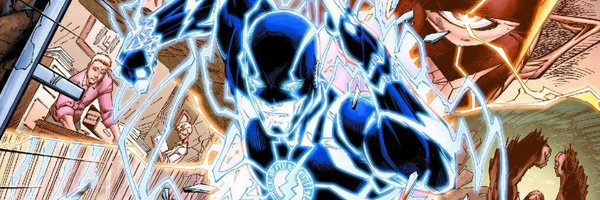 Starting with issue #30 of the Flash, you’ll be taking over writing duties with Van Jensen. How were you approached about writing Flash?
Starting with issue #30 of the Flash, you’ll be taking over writing duties with Van Jensen. How were you approached about writing Flash?
They reached out to me. Francis [Manapul] and Brian [Buccellato] were going to move on to do Detective Comics, so they were bringing in new creative team. They approached about pitching for it. I was immediately interested in it because I wish I did something different with every project that I take on. Whereas something like Green Lantern is very cosmic and it’s always out in space, Flash is very grounded. He works in a crime lab in a CSI element to the story. It’s a very intuitive sort of … he’s the guy with a lightning bolt on his chest and he runs fast.
It’s appealing to me because it’s ingrained in who we are, not just as human beings but really all animals. From the moment they’re born they are trying to run fast. It’s a very instinctual thing. This is a character who lives that out. That was something that was very appealing to me. We do have big plans. The first arc we’re going to do a lot of interesting things. Wally [West] is going to be a part of it. I hope people enjoy it.
Talk a little bit about working with Van Jensen. Are you guys going to shift duties on this, on Flash?
No, no. We’re going to co-write all the issues together. I’m really good friends with Van. We worked on Green Lantern Corps together. Now we’re working on Flash together. We basically each write 10 pages of each issue. We plot out the stories together and we divvy it up. A couple of days a month I go meet with one of my best friends and we talk about Flash and get paid to do it. It’s kind of a great way to make a living! (Laughs)
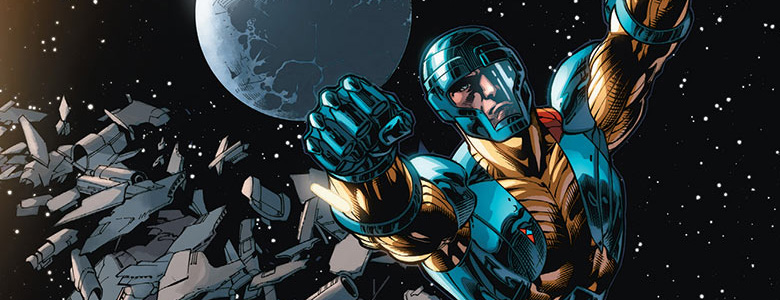 Switching to Valiant. Issue #23 of X-O Manowar was a prelude to their summer event; Armor Hunters. The next issue sends Aric back into space. What is this prelude all about?
Switching to Valiant. Issue #23 of X-O Manowar was a prelude to their summer event; Armor Hunters. The next issue sends Aric back into space. What is this prelude all about?
The interesting thing about X-O Manowar that always appealed to me from the beginning was this blend of historical fiction and science fiction, which are two genres that I really enjoy personally, but also not really combined all that often, what’s really unique high-concept in that regard. From the beginning I’ve always wanted to take the series and do historical elements of it with flashbacks, to ancient Rome and all that stuff, but also get cosmic and glide into space. In the original Valiant universe, Aric was earth-bound a lot of the time. He certainly is in this series as well, but we’ve also taken him out into space. It’s one of the things I really enjoy doing, because you let your imagination run wild.
This latest encounter that begins in [X-O Manowar] #23 is interesting. I’m also really interested in the Space program. I used to live in Florida near Cape Kennedy. I’d be out mowing my yard and a shuttle would go up and you could see it from the front yard and all those kinds of things. Of course we don’t have a shuttle program anymore, so I thought it would be interesting. America’s Space Program is in this in-between period right now, where we know what the next vehicles are going to be but they’re not there yet.
For this point in time, if we want to get in space, we have to go with the Russians or the Chinese or whatever. In the midst of all that there’s an alien invasion. There is all this wreckage up in space and America has no vehicle to get up there. The Russians and the Chinese are going up there and mining it for all this tech. Of course, they’re not going to take us because they don’t want to share that with us. Now that Aric is working for the US Government, post the Unity Arc, he’s going to go up and police this wreckage ring. While he’s up there, he has an unexpected encounter with a new entity. That is going to be hugely important not just for Armor Hunters but also revealing the origin to the Armor, what the purpose of the Armor, all these mysteries that we’ve built up too since our first issue of the series.
This wreckage ring around earth is quite literally his mess. (Laughs) It’s his job!
Working for Valiant is great! It’s a real family atmosphere. The company is not small in their ambition, but smaller in terms of staff. Everybody there we all get together, we talk story. All the other writers working on the other books we get together in writers’ retreats. We talk story. It’s a real great atmosphere. As far as what they let me do on X-O, I think they allow me to take risks and to be real creative with it. We change the status-quo every story arc pretty much. Every four issues, every five issues he has a new a new status-quo. I hope that these changes roll things and readers don’t see coming. When they happen, they feel natural. It’s not jarring or out of context for the characters or anything like that. It’s something we’re going to continue to do as we go throughout the series.
What I have always liked about X-O Manowar and Aric is that it’s very grey areas as far as his heroics. He’s doing what he needs to do for his people, but he’s not educated, been in space for 10,000 years, goes back to earth and everything has changed…
The undercurrent, the theme running out of the series is our idea for heroics and how it changes over time. So, for example, if you watch a movie like Braveheart which of course is set for a time period far after X-O Manowar, but just as an example. This is a work of historical fiction. If Braveheart were to do…the things he does in that movie we’d cheer for him but if one of our modern-day generals were to do those same exact things, he would be court-martialed. How does our notion of heroics change over time? When you have a character like Aric who started out in the fifth century and he shows up in the modern-day, 16 centuries later, with that fifth century ethic he’s still doing what would be termed as “heroic” in his own time. Now he is an international war criminal almost. (Laughing) He hasn’t changed. Our concept of heroism has changed. That’s what I find really fun about the series.
Finally, talk a little bit about some of the artists you get to work with on X-O Manowar and Green Lantern?
When I wrote the first issue of X-O Manowar, I didn’t know who the artist was going to be yet. So when they told me it was Cary Nord, I was extremely excited. I remembered his Conan run, it was like I could still see the Conan run in my head, even though I had read it all those years ago. It left that much of a mark on me.
Lee Garbett, Trevor Harsine, Diego Bernard, who’s coming in to do 23 and 24, he will be doing more of the series after that. On Green Lantern, Billy Tan, Brett Booth on the Flash. You know, I’ve been really fortunate, to work with really good artists who are also great guys and great professionals. I count my blessings. I don’t know, what do you say? I’ve been doing this, I guess, about eight years now. There’s a lot of guys out there trying to the same thing. A lot of it is a feel like luck. I feel very blessed.

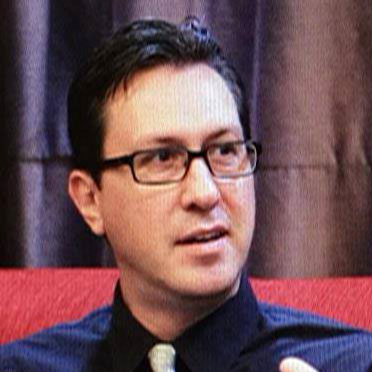
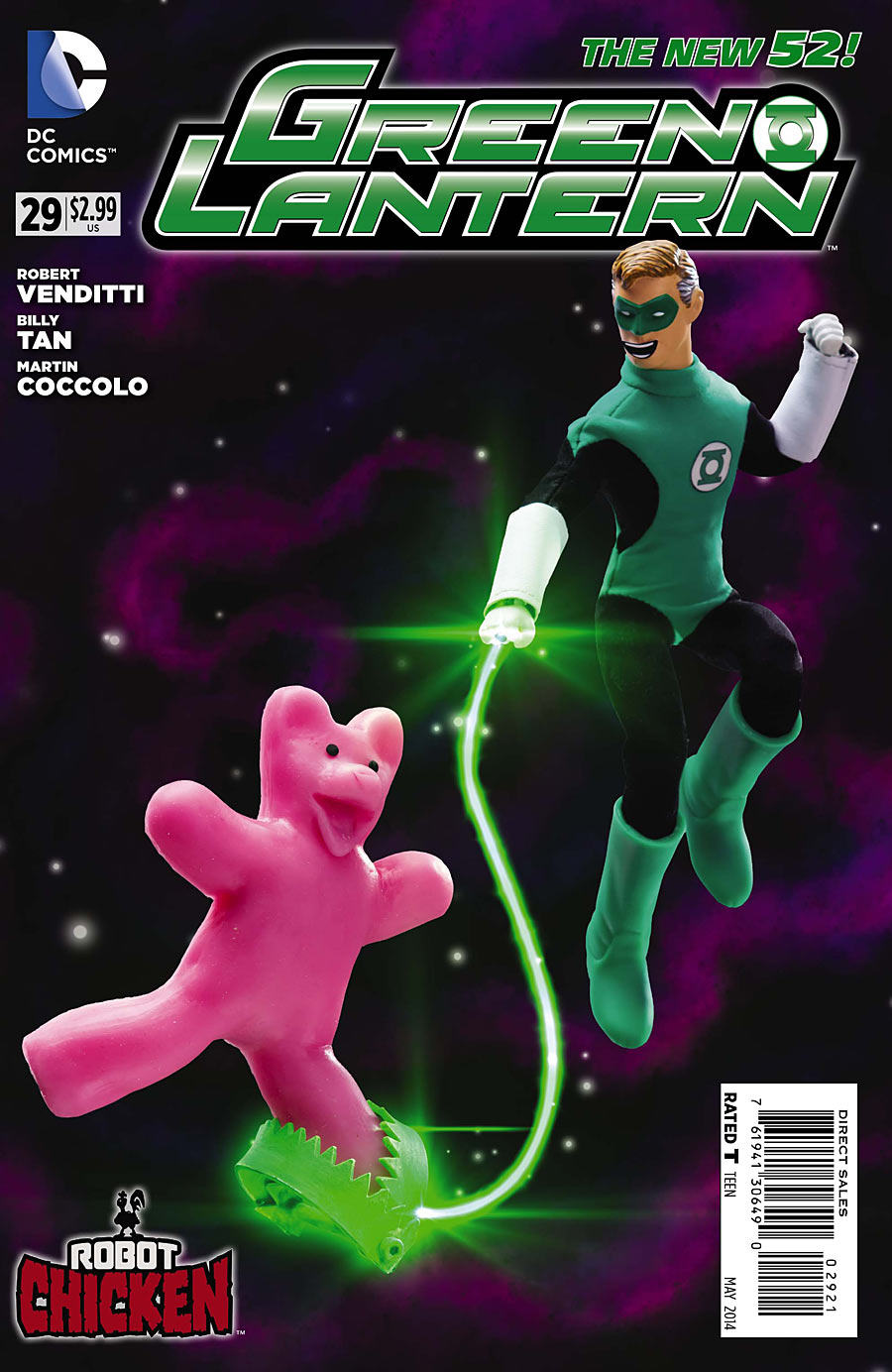
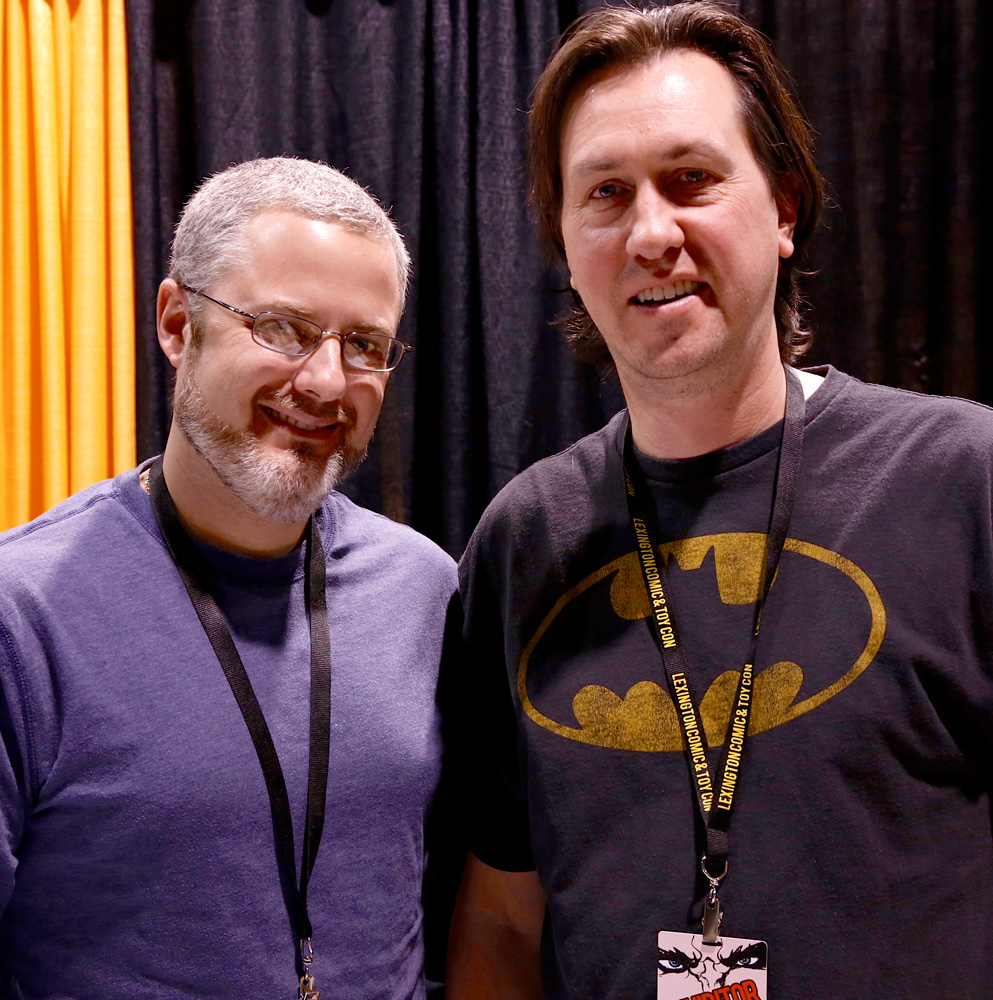
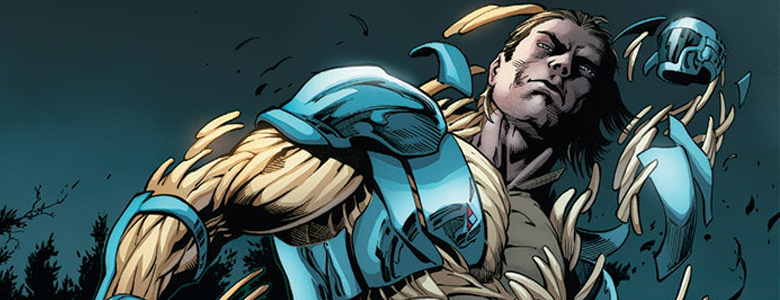
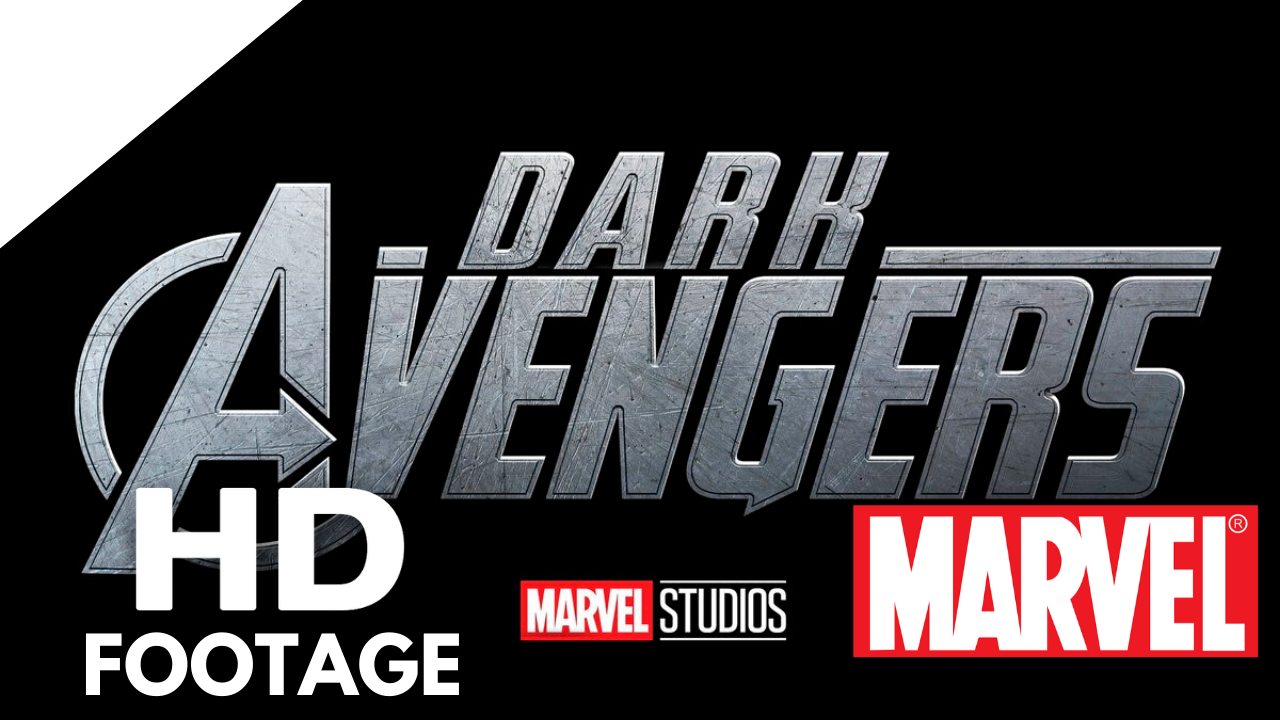
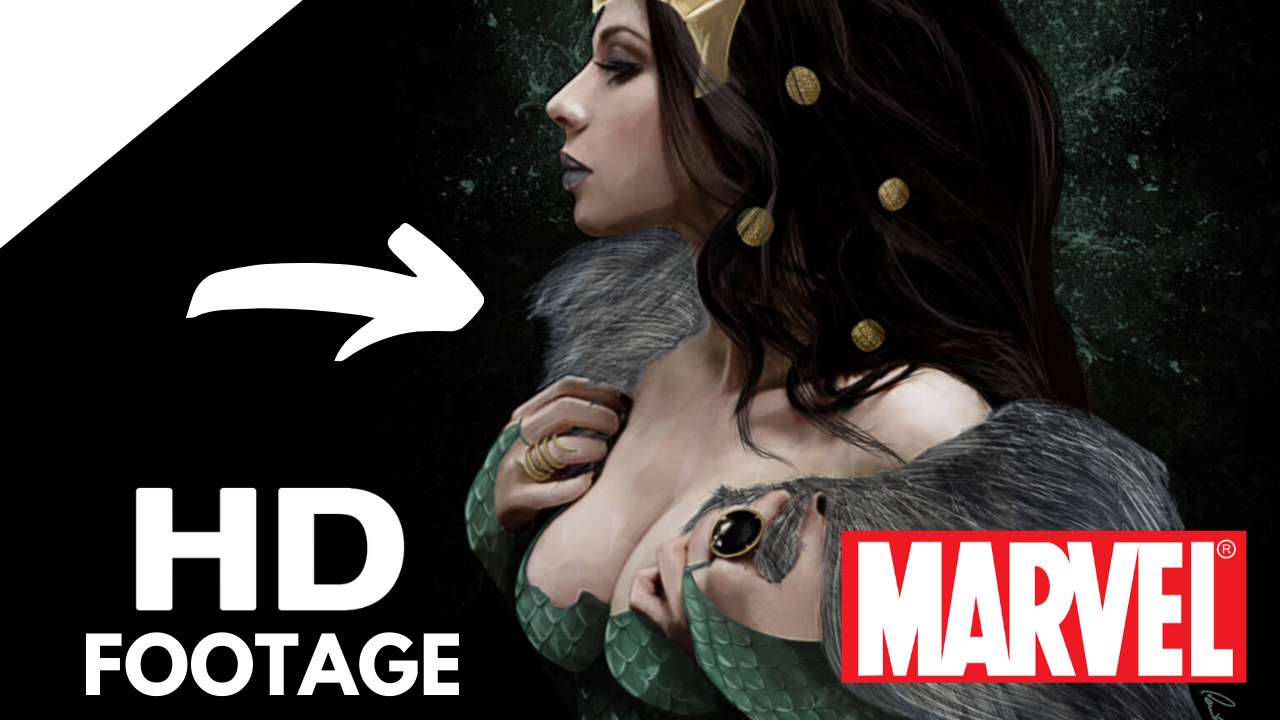
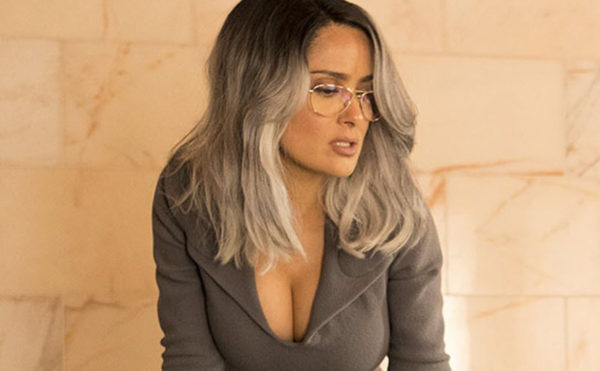
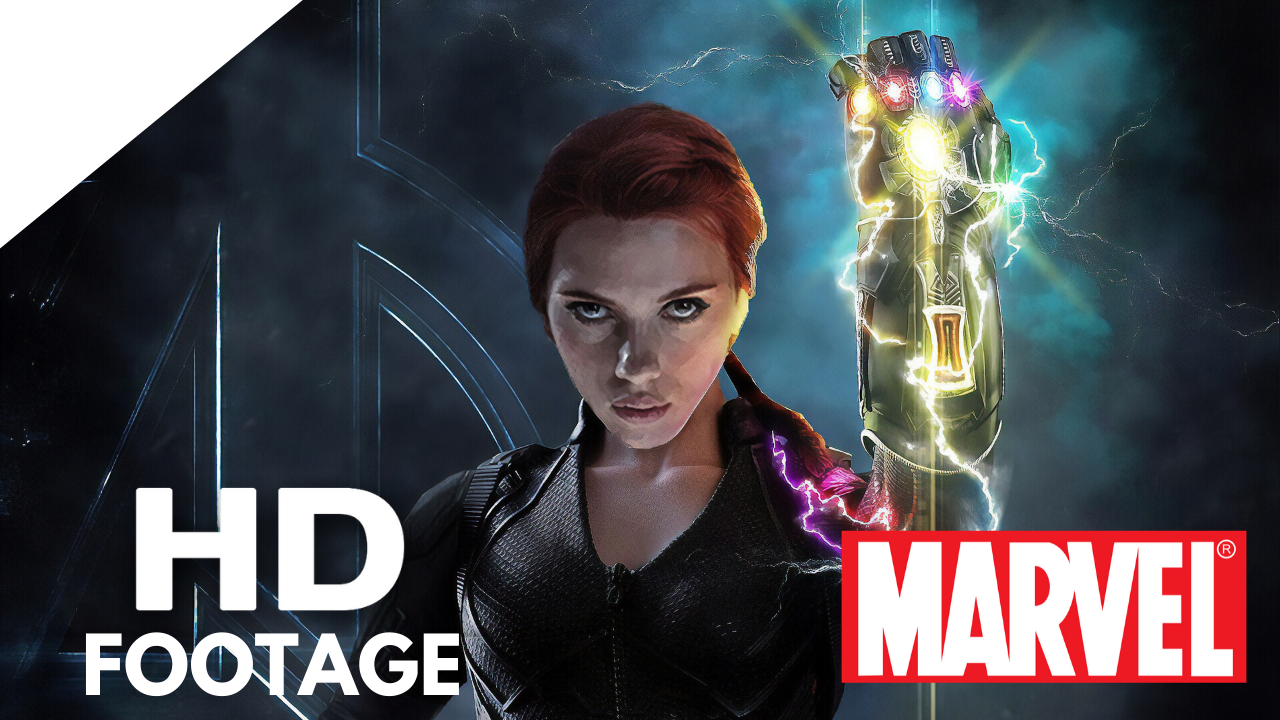
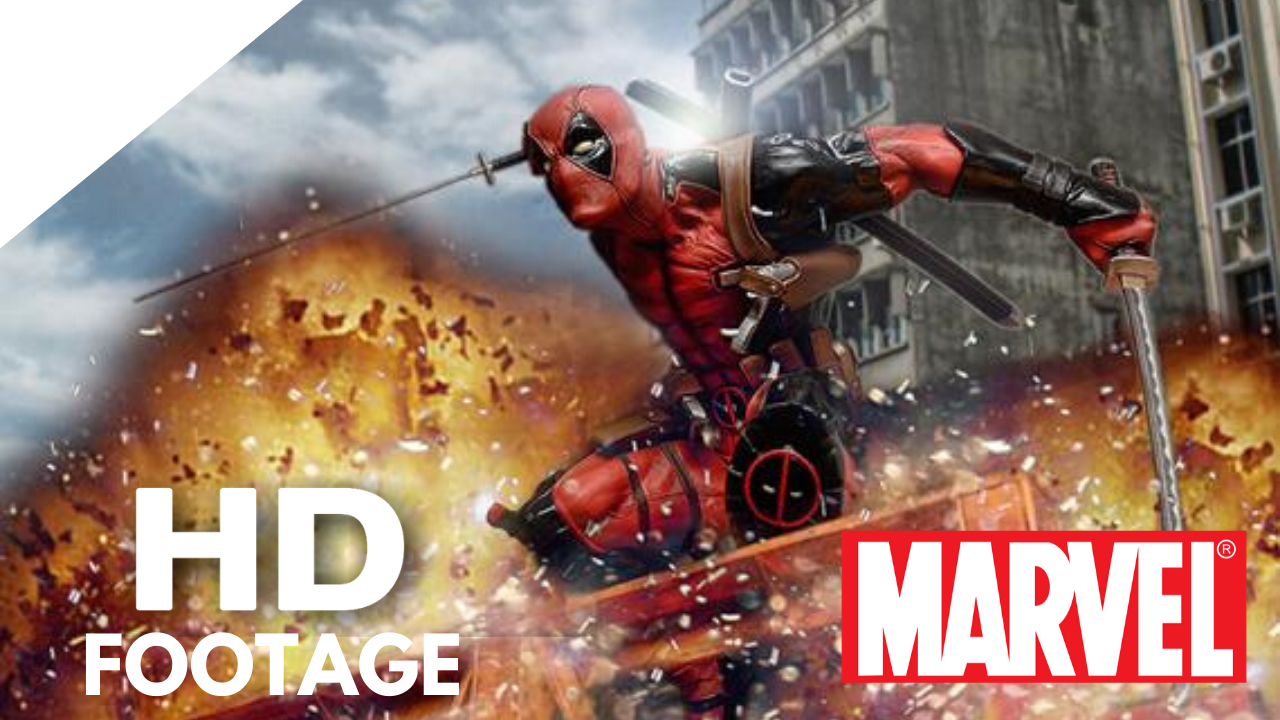
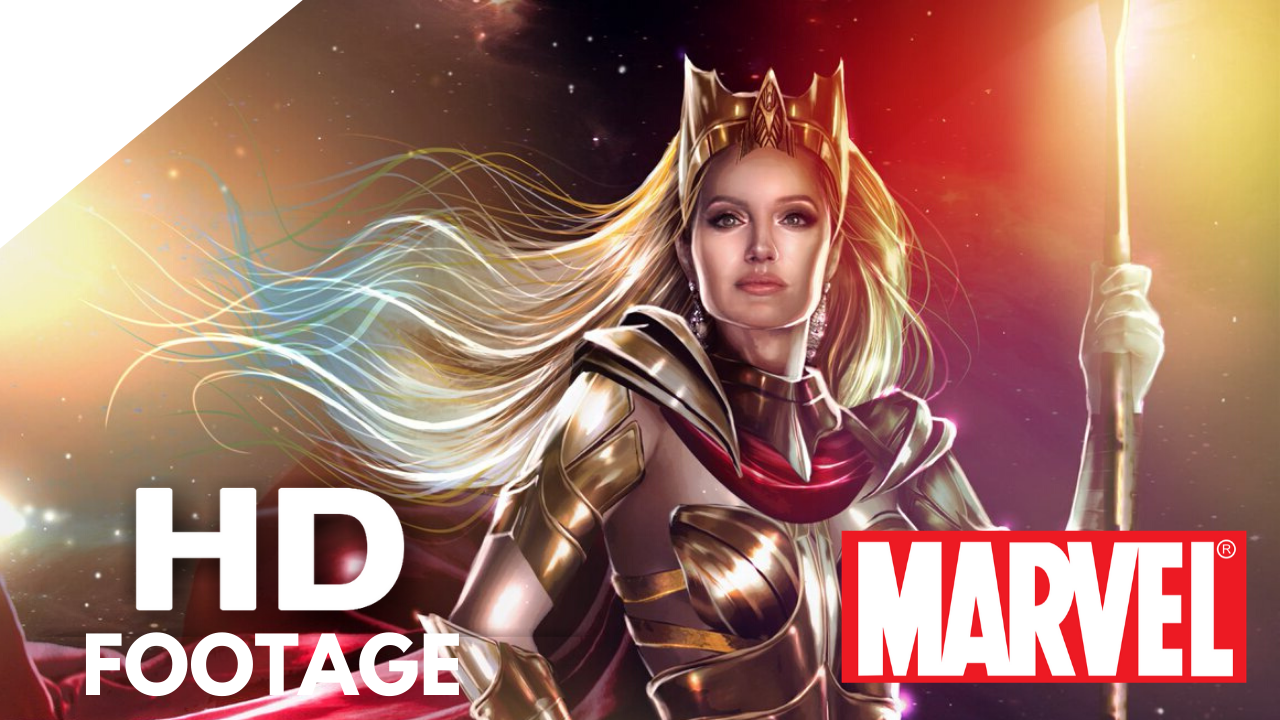
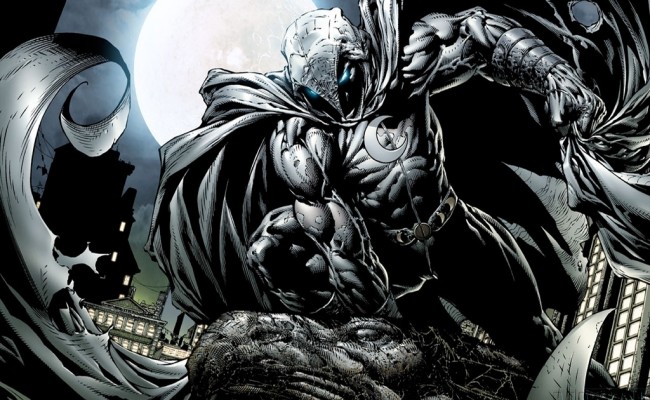
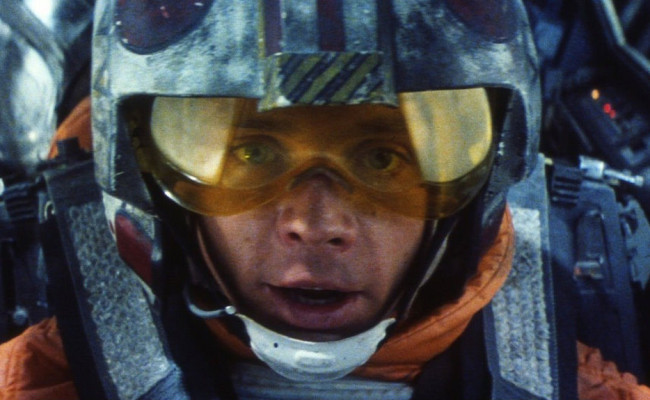
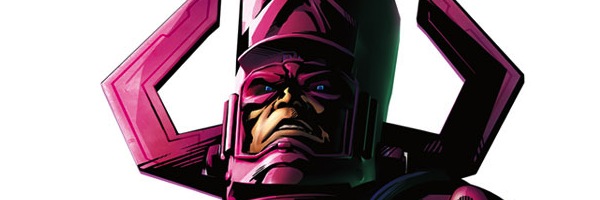
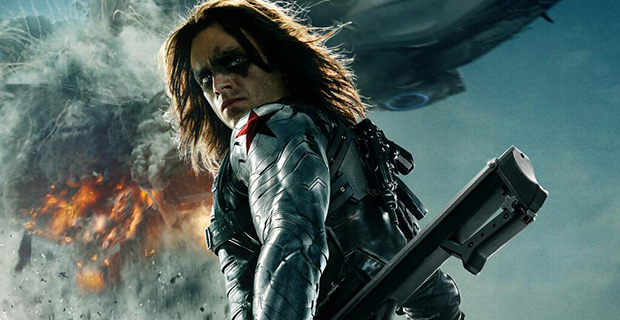
S#!T Talking Central